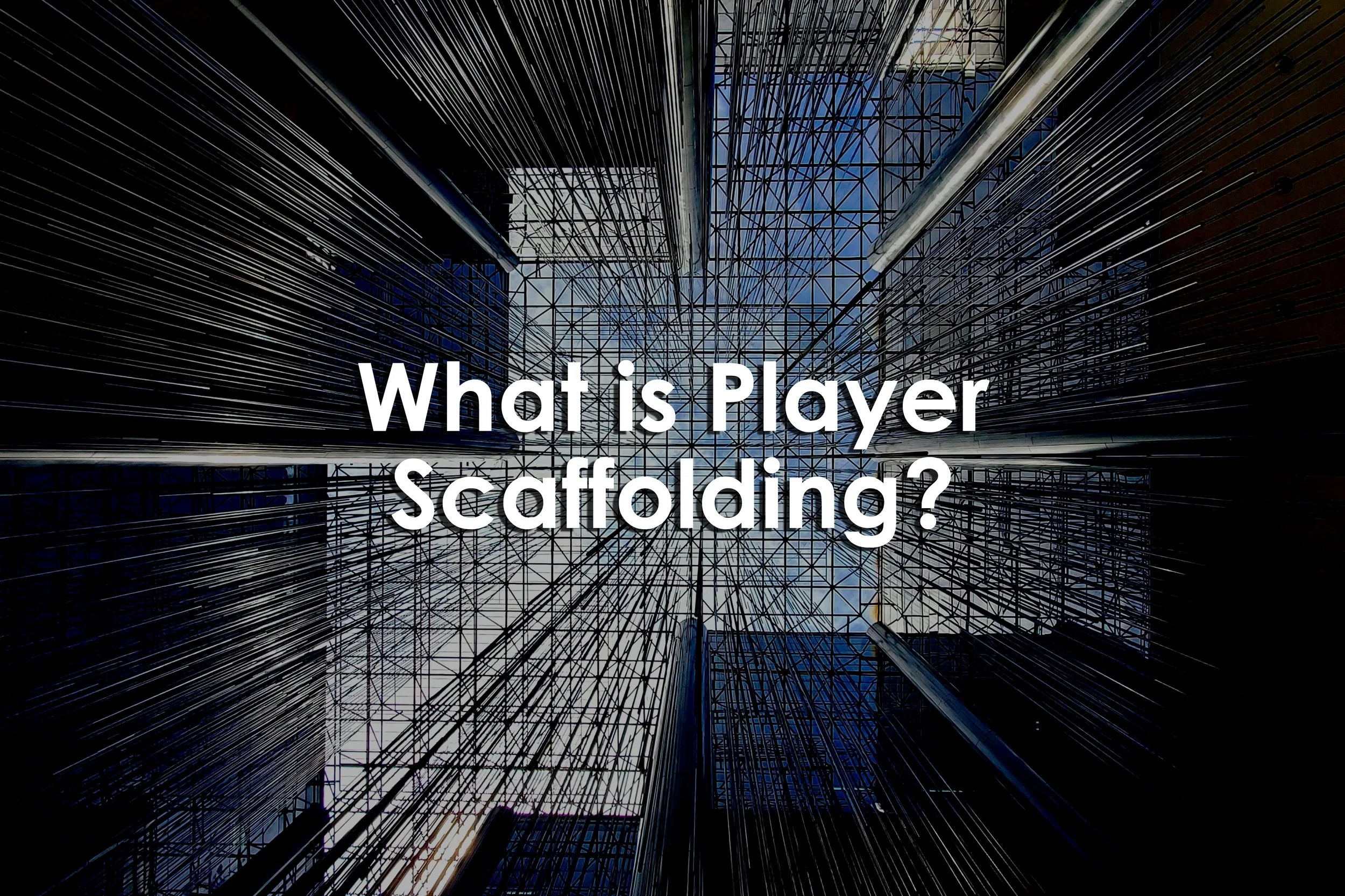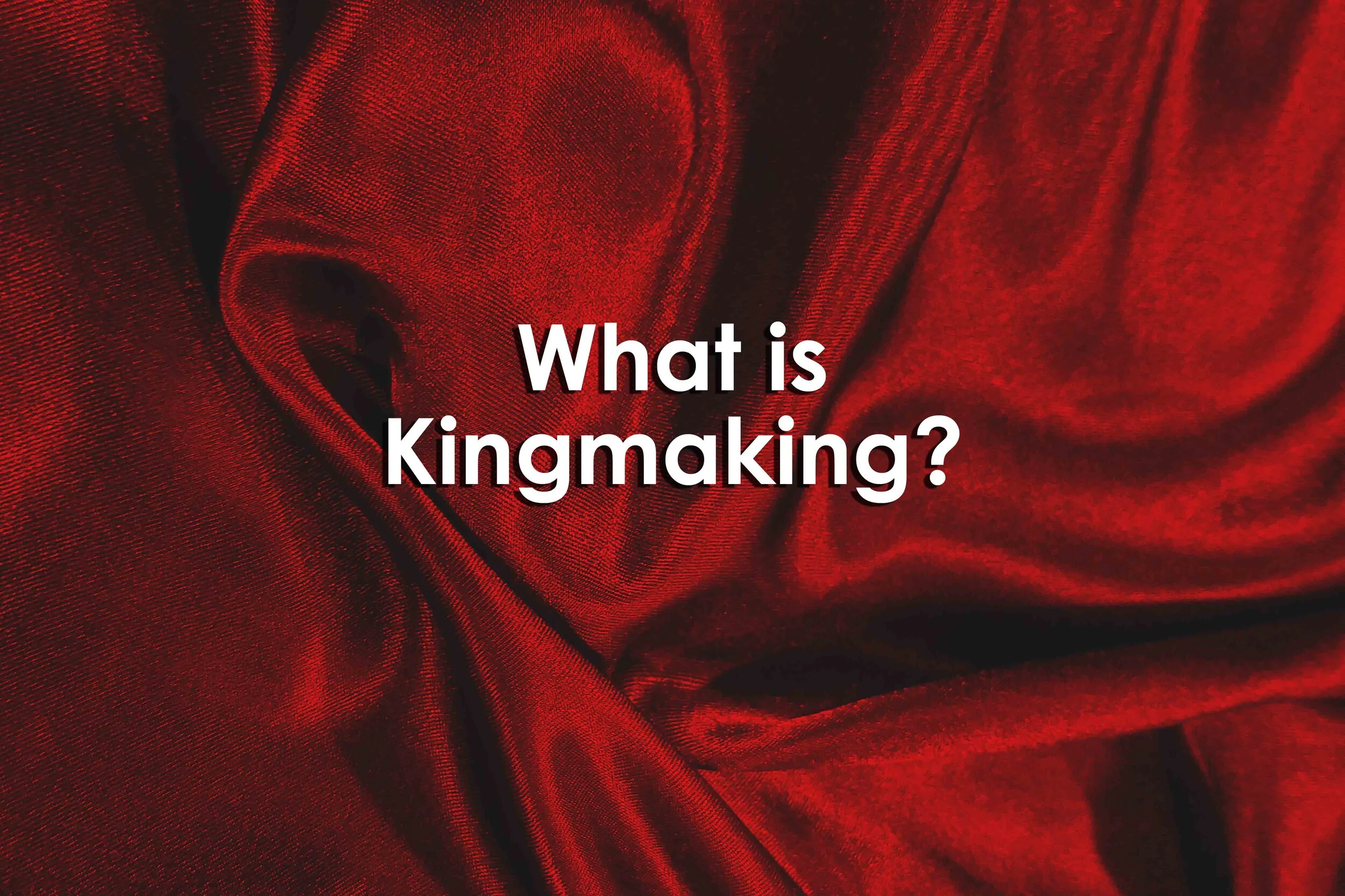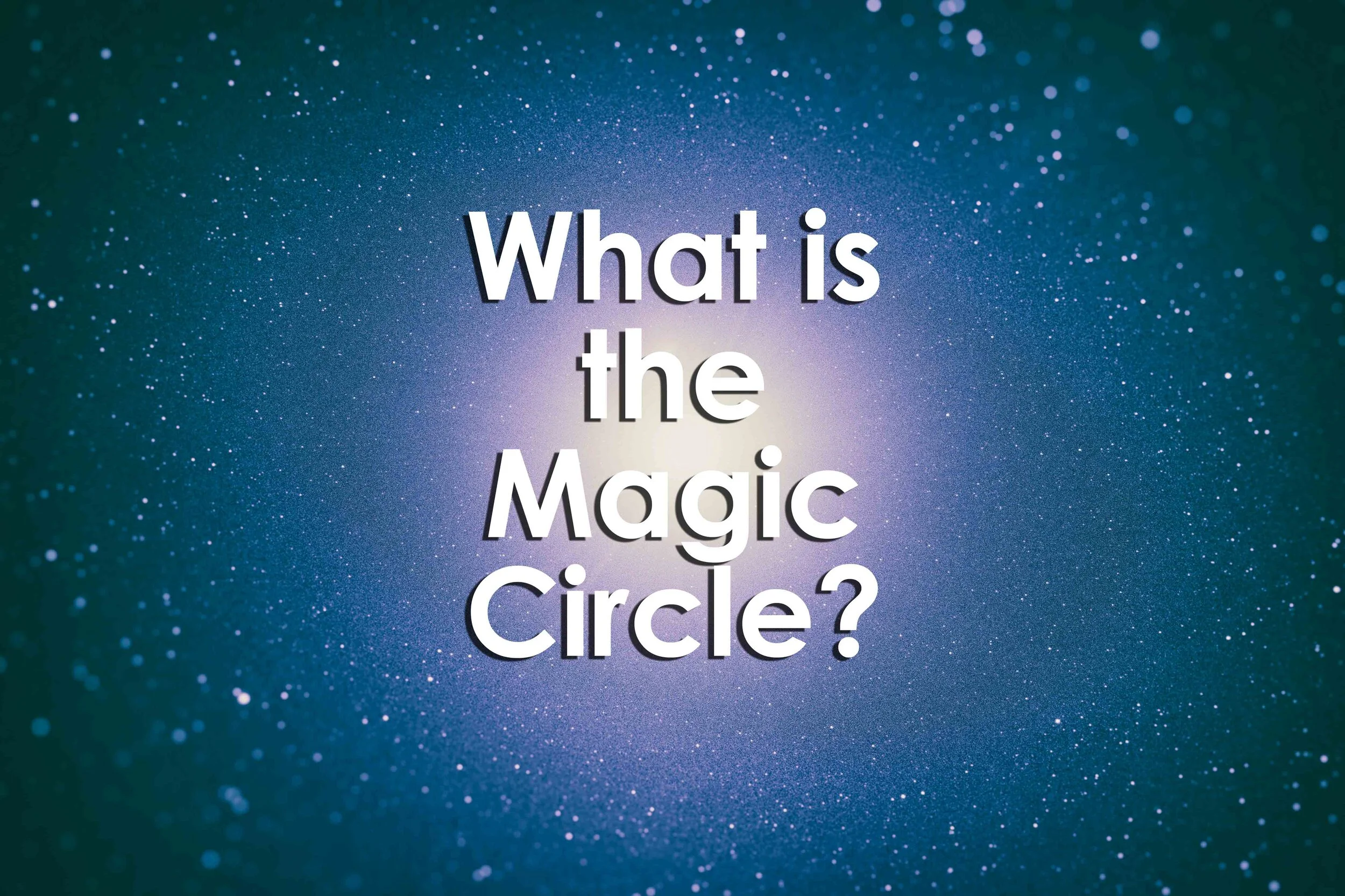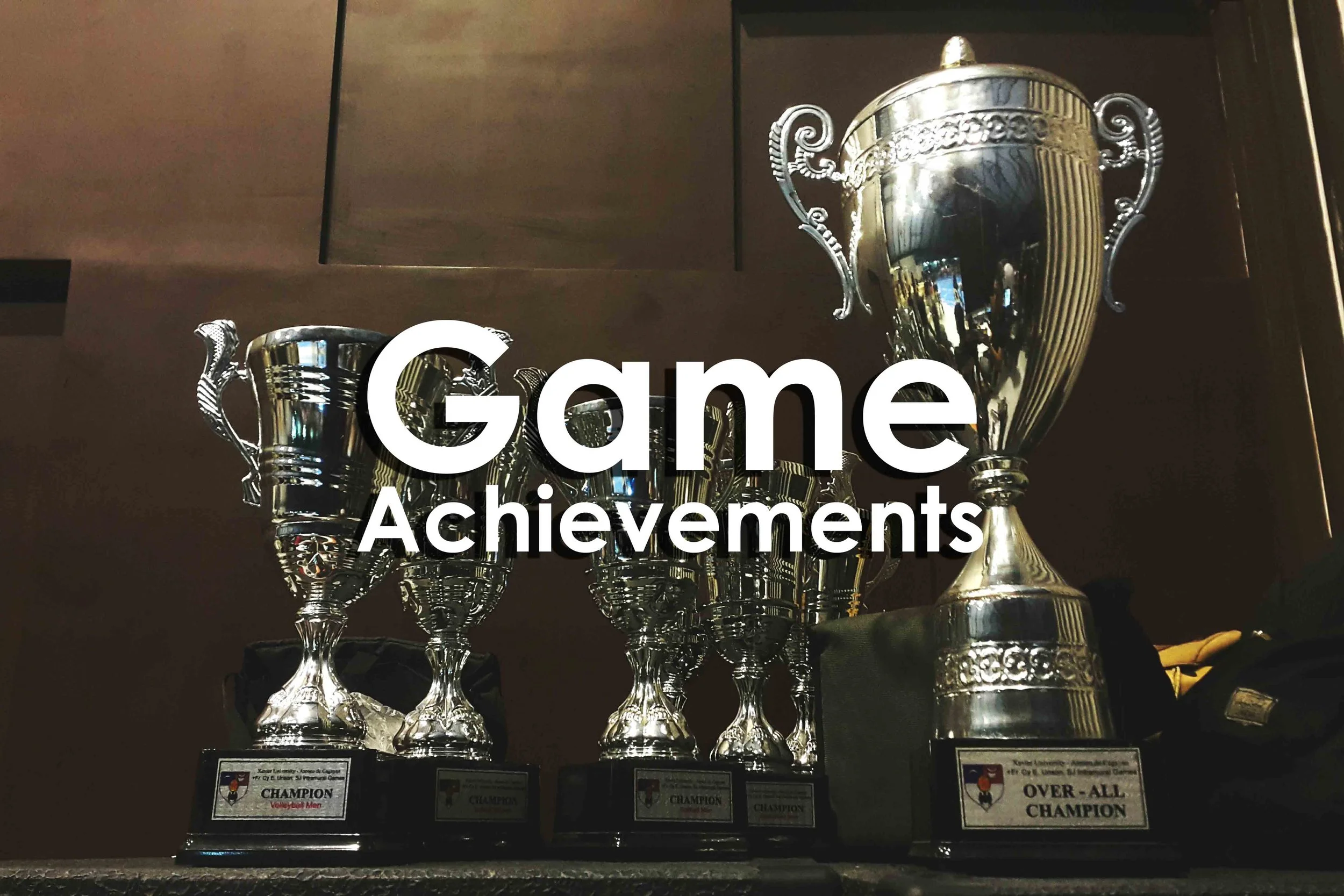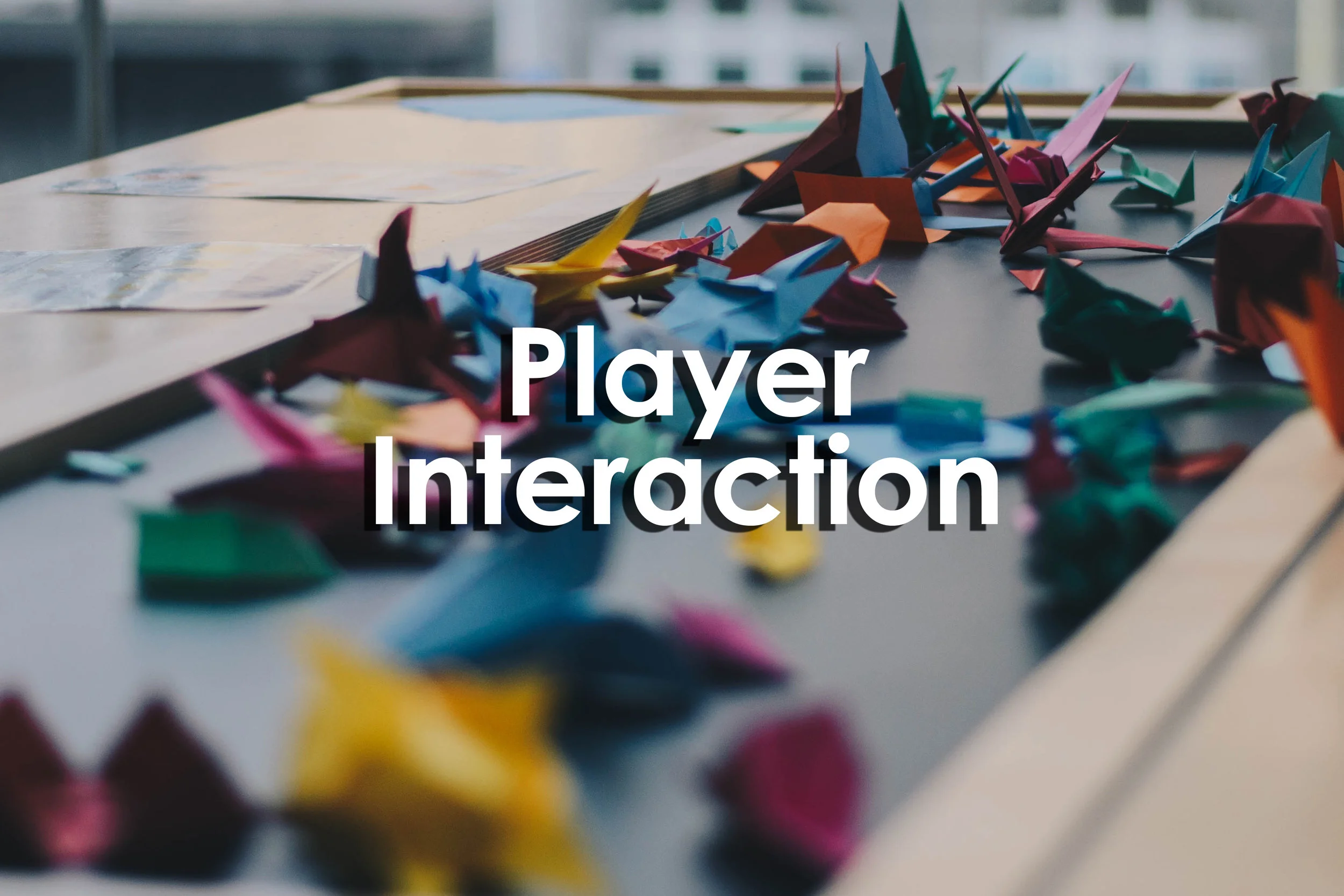This article will define what we mean by “game state” from multiple different perspectives. It will discuss different characteristics and types of game states and the roles that they play for commercial and applied games. Game states often are tightly related to the game rules and mechanics. These two aspects will be discussed in depth in addition to other “tangible” elements of games play such as game objects, movement, and environmental states.
Read MoreThis article will define player engagement and relate it to its roots in understanding player motivation. Player engagement has most to do with the amount of time that players engage with the game and how their investment best relates to the player experience. That player’s experience is informed by multiple sources. They include interaction and how players augment the game; how players receive and interpret feedback, and how challenges and difficulty are scaffolded and presented to players through games and games-based learning.
Read MoreThis article will explore and define the term “casual players.” In understanding casual players, we must first review and examine casual games. So, casual games will be defined along with relevant characteristics of casual games such as complexity, mechanics, and theme.
Read MoreThis article will review scaffolding in both an educational and games-based context. Uses of scaffolding will be discussed as well as how it affects and influences individuals’ learning and metacognition. Like many things games-based learning related; scaffolding relates highly to the learner and player experience. So time will be spent relating scaffolding to the experiences of the individuals learning and playing.
Read MoreThis article will define game balance for the purposes of this discussion. Game balance will be addressed as a factor in game design. Game balance strategies will also be covered from a development standpoint. Game balance also plays a critical role in defining and shaping the player experience. Therefore, game balance will be addressed as a factor that is both experienced and interpreted by players. Finally, game balance principles will be covered as it relates to the design process and its relationship to player agency and competency
Read MoreThis article will provide an overview on debriefing as well as the fundamental reasons why debriefing should be included in games-based learning. Games-based learning is part of the experiential learning cycle. So, a connection on this method of teaching and learning will be made as well as how instructors can outline goals for debriefing.
Read MoreThis article will define and outline what a kingmaking scenario is. A history of kingmaking will be discussed as well as reasons that it may arise in different situations. Kingmaking as a spoiling tactic in game mechanics will also be covered. Kingmaking in tournament situations and table top games will be included. Finally, kingmaking can have an adverse impact on both player agency and the player experience. Both areas will be discussed in addition to how kingmaking takes effect in scenarios outside of games.
Read MoreThis article will review megagames. It’ll define what megagames are as well as the history of megagames. The structure of megagames will be explained as well as how role-playing and engagement occurs within the game. Player hierarchies are an interesting component of megagame structure and will be explored in greater depth. Megagames are administered by a certain group of people called “control.” Their engagement greatly impacts the player experience. Design aspects of megagames will be covered as well as how megagames can be used for games-based learning.
Read MoreThis article will answer the question “What is the magic circle?” In addition, it’ll address the magic circle as the “separate and special place” in gaming. Characteristics and locations of the magic circle will be discussed as well as how players cross into the magic circle. Players’ rules and roles within the circle as well as their return to “reality” are covered in this article. Finally, this article closes on using the magic circle in games-based learning as well as some criticisms around its use.
Read MoreThis article will review the role of play testing games. It will cover what a play test is as well as reasons why designers should play test their games. This article will also cover some player limitations of play testing as well as how to keep designer bias in check. Objectives of play testing and stages of play testing will also be covered and discussed. Advice is provided on collecting information during a play test as well as where to play test. The article ends with how you can use play testing to grow as a designer as well as how to serve as a good play tester yourself.
Read MoreThis article will review what game mechanics are as well as how players interact and interpret them. Game designers’ roles with creating and using mechanics will be discussed as well as how mechanics are used for games-based learning and educational gaming. Lastly, this article will close on what designers should avoid when designing mechanics for their games.
Read MoreThis article will dive deeper into abstraction in games. Specifically what abstractions are; why they are used in games; and how they affect the player experience. This article will also review specific examples of abstraction in games and how they affect our play and engagement.
Read MoreThis article will provide an overview of achievements; why they should be used; and how achievements affect the player experience. The article will also review the different types of achievements and their applications. While we recognize achievements in game play; we can also use them for games-based learning applications.
Read MorePlayer interaction is an important characteristic to consider when designing games. The designer has to answer the questions “How is the player going to interact with the game? How will the player interact with other players? what kind of decisions can the player make?” All of these questions should be answered when designing for player interaction. What specific role does player interaction play in game design?
Read More



